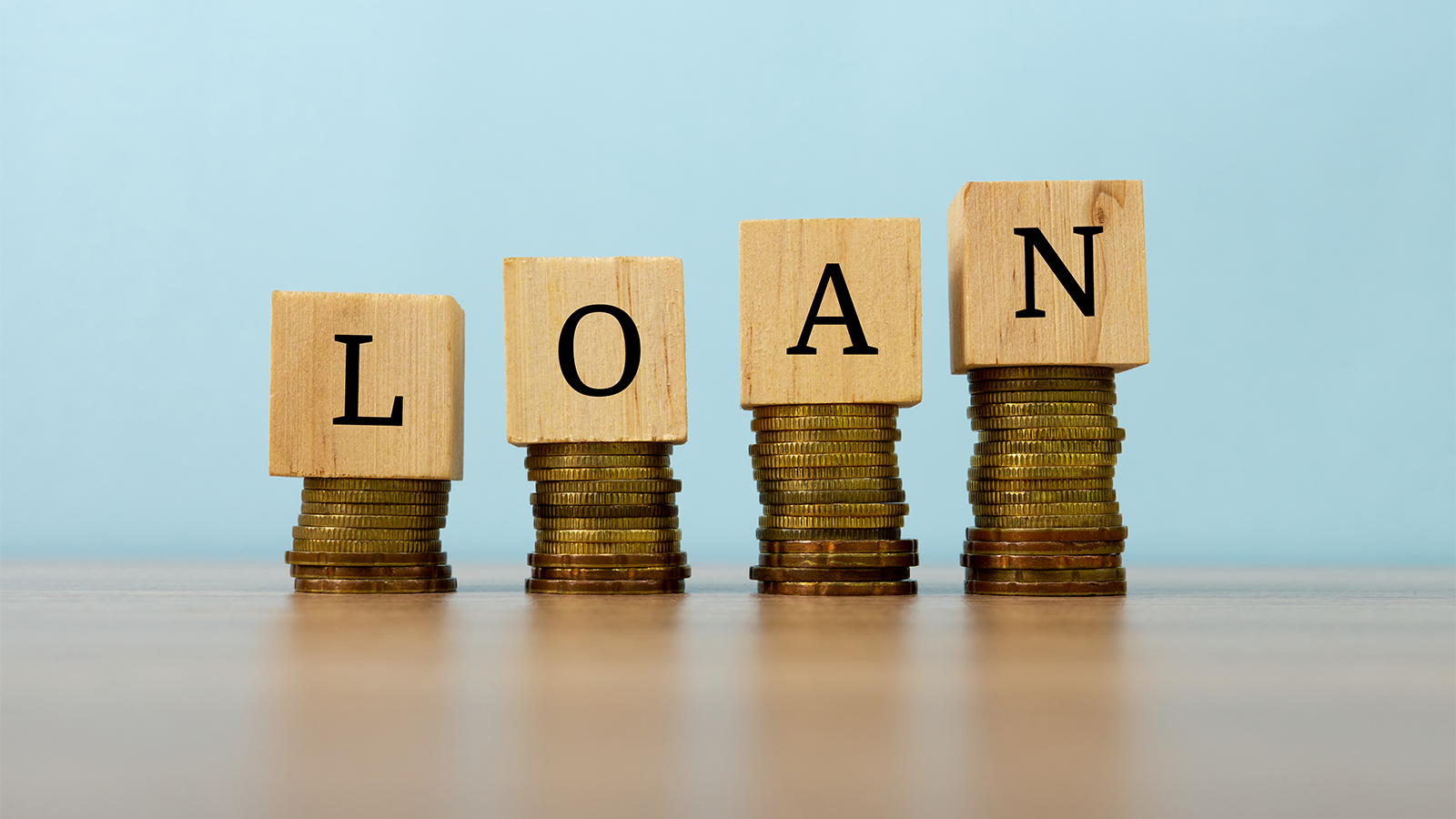Recognizing the Impact of Passion Rates on Home Loans for First-Time Customers
Browsing the labyrinth of home financings can be daunting for newbie purchasers, particularly when interest rates play a pivotal role in shaping their financial journey. The selection between adjustable-rate and fixed mortgages brings substantial consequences, influencing monthly spending plans and lasting financial security. As rate of interest rates vary with economic shifts, recognizing their resolution ends up being necessary.
How Interest Prices Are Figured Out
Rate of interest prices on home mortgage are determined by an intricate interplay of economic elements and plans. The primary chauffeur is the monetary plan established by reserve banks, such as the Federal Get in the USA, which adjusts the federal funds price to influence economic activity. When the main bank elevates this rate, borrowing ends up being extra costly, frequently causing increased mortgage rate of interest rates. On the other hand, reducing the federal funds price can make loaning more affordable, possibly minimizing home mortgage prices.
An additional significant aspect is rising cost of living. Higher rising cost of living usually results in higher rate of interest rates as lending institutions demand more return to balance out the reducing buying power of future repayments. Financial growth likewise plays an important duty; in durations of durable financial efficiency, need for credit score boosts, which can increase rate of interest prices.
In addition, the bond market significantly affects home mortgage rates. Long-lasting rates of interest, including those for mortgage, are closely tied to returns on federal government bonds. As bond yields climb, so do mortgage rates, reflecting the enhanced cost of long-term loaning.

Sorts Of Rate Of Interest
Comprehending the numerous sorts of rates of interest is essential to understanding how home mortgage operate. There are primarily two groups of rates of interest that customers run into: repaired and variable. A fixed rates of interest continues to be consistent throughout the term of the lending. This supplies predictability in monthly repayments, supplying debtors with security and ease in budgeting. It is especially helpful in environments where future rates of interest rises are expected.
In comparison, a variable rate of interest price, likewise referred to as a flexible rate, rises and fall in time, generally in feedback to adjustments in a defined benchmark or index. These prices often begin less than repaired prices, which can be attractive to newbie purchasers. They involve the risk of boosting over time, possibly resulting in greater overall prices if market rates rise. pre approval student loans.
Furthermore, some lenders use hybrid rate of interest, combining components of both taken care of and variable rates. An initial duration with a set price may be followed by a variable rate. Comprehending these distinctions is essential for borrowers to make informed choices that align with their monetary circumstances and run the risk of tolerance, as each type offers unique advantages and potential downsides.

Impact on Regular Monthly Repayments
Month-to-month repayments dig this on home finances are straight influenced by the type of passion price picked, which can significantly influence a customer's monetary planning. Fixed-rate home loans use security, as the interest rate stays unchanged over the finance's term, ensuring that monthly settlements continue to be constant.
Fixed-rate loans safeguard against market volatility, offering peace of mind however commonly at a higher first rate contrasted to ARMs. On the various other hand, ARMs may suit buyers anticipating earnings development or those preparing to offer prior to the rate change takes place, permitting them to exploit on reduced repayments.
Lasting Financial Effects
The option of rates of interest type for a home mortgage extends beyond immediate month-to-month settlements, bring substantial long-lasting monetary ramifications. A fixed-rate mortgage, for instance, uses security by securing in rates of interest throughout of the lending term, safeguarding consumers from future rate boosts. This predictability can aid in lasting financial planning, permitting home owners to forecast costs without the danger of climbing payments. However, if market rates fall, customers with a fixed-rate home mortgage may miss out on out on possible cost savings unless they refinance.
Alternatively, a variable-rate mortgage (ARM) usually starts with a lower rates of interest, which can lead to lower important link preliminary settlements. In time, nevertheless, the rate can change based on market conditions, possibly causing greater settlements. This variability presents an element of uncertainty, which could influence monetary stability if rates boost substantially.

Strategies for Managing Rates
Navigating rate of interest on mortgage calls for calculated planning to optimize financial results. Newbie homebuyers should take into consideration securing in rate of interest when they agree with, as this can protect them from potential price hikes before their funding closing. Rate locks commonly last between 30 to 60 days and give a step of certainty in an usually unstable market. In addition, purchasers may explore discount rate factors, which entail paying an ahead of time cost to protect a lower rates of interest. This can bring about significant cost savings over the car loan's life-span, particularly if the purchaser plans to remain in the home long-term.
Another technique entails selecting the ideal loan kind. Fixed-rate home mortgages supply security, protecting customers from future rate rises, while adjustable-rate mortgages (ARMs) may supply lower first rates with the risk of future modifications. Purchasers must carefully examine their monetary situation and threat resistance when picking between these options (pre approval student loans).
Finally, keeping a strong credit profile is vital. A higher credit history can considerably improve settlement power for a lot more positive rate of interest. Consistently examining credit scores records, resolving inaccuracies, try this site and minimizing arrearage can improve total credit reliability, thereby positioning customers to safeguard one of the most advantageous prices offered.
Conclusion
A detailed understanding of rates of interest on home mortgage is important for first-time purchasers to make informed decisions. Fixed-rate home mortgages offer stability with predictable payments, protecting versus future rate boosts, while adjustable-rate home loans existing preliminary financial savings with prospective future expense volatility. Reviewing the effect on month-to-month repayments and lasting monetary wellness enables customers to align options with financial objectives and run the risk of resistance. Strategic monitoring of rates of interest can considerably influence homeownership success and financial well-being.
When the central financial institution elevates this price, borrowing becomes more pricey, often leading to boosted home car loan passion rates.In comparison, a variable interest price, also understood as an adjustable rate, rises and fall over time, commonly in reaction to changes in a defined standard or index.Furthermore, some lenders supply hybrid rate of interest prices, incorporating aspects of both taken care of and variable rates - pre approval student loans. A fixed-rate mortgage, for example, uses stability by securing in interest rates for the duration of the financing term, protecting consumers from future rate boosts. Novice property buyers ought to consider securing in rate of interest prices when they are desirable, as this can shield them from potential price hikes before their financing closing